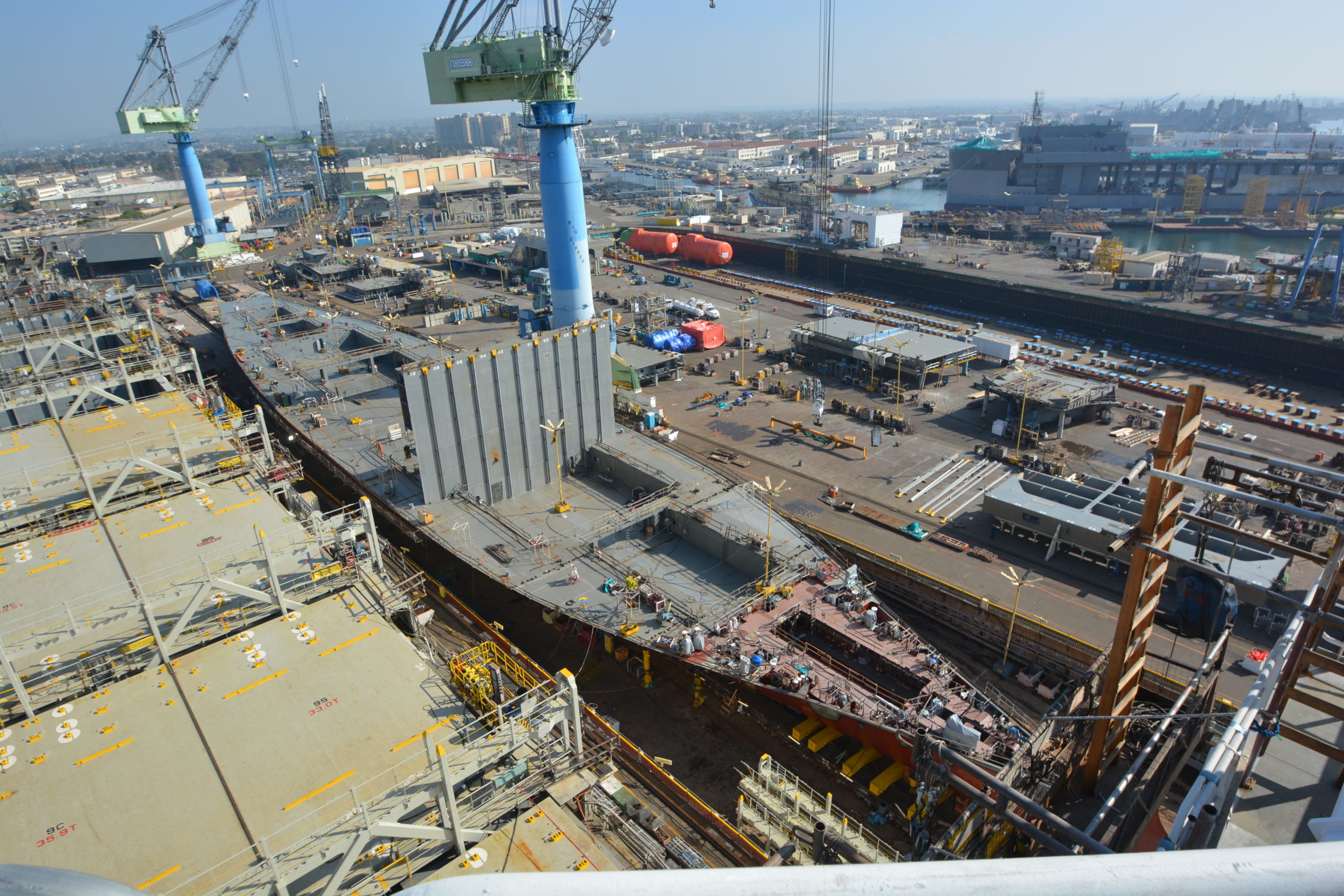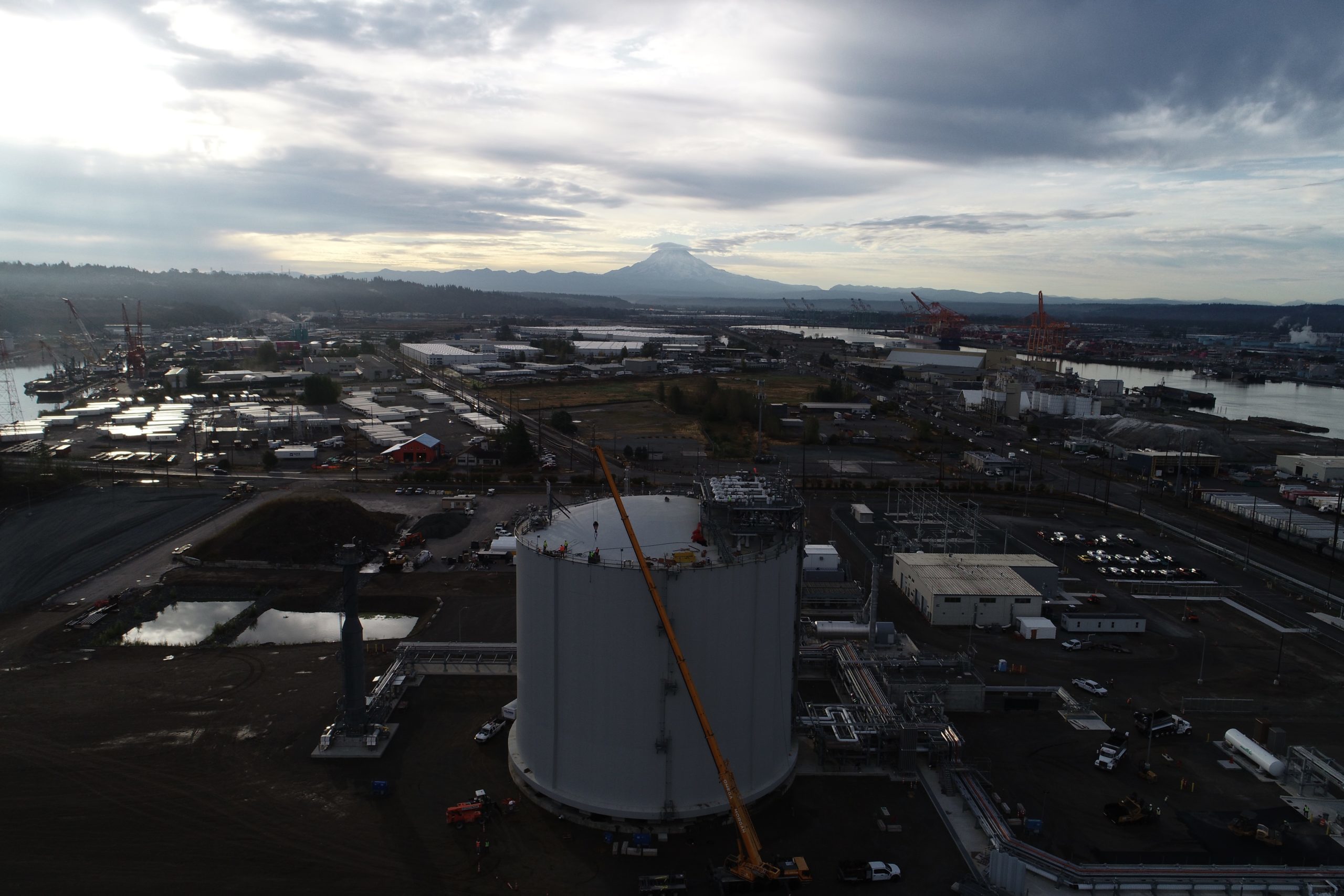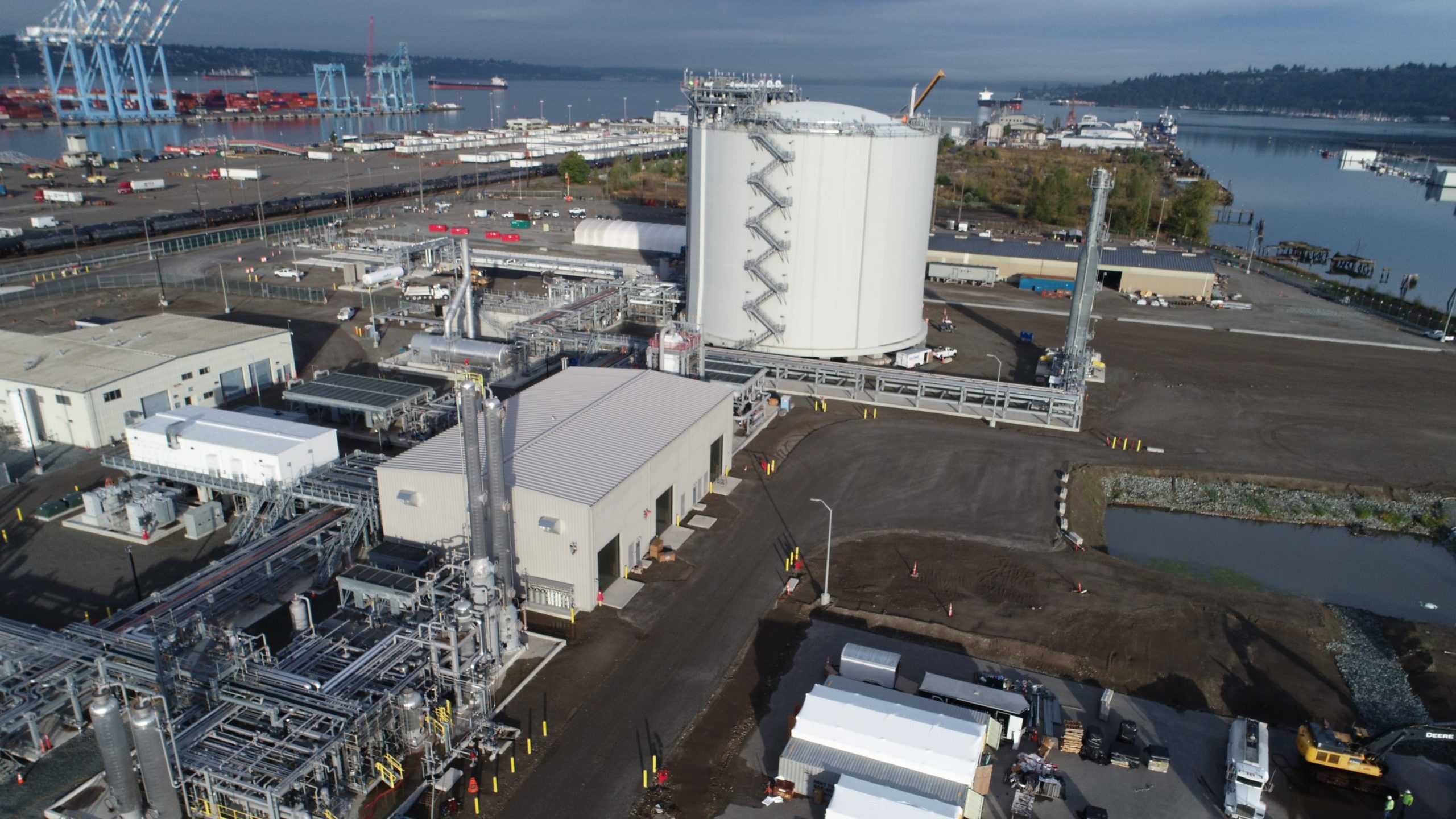Construction is underway on a liquefied natural gas (LNG) project in the US Pacific Northwest that is required to use Canadian natural gas as feedstock in order to reduce greenhouse gas emissions.
The Tacoma LNG project will enable container ships that transport goods between Washington state and Anchorage, Alaska to switch fuel from diesel to natural gas. The US$310 million project will also displace diesel used in the Puget Sound area electrical grid during periods of high demand.
It’s a North American example of what is expected to happen in Asia once LNG from Canada starts hitting the world market – using Canada’s vast natural gas resources to displace more carbon-intensive fuels like diesel and coal.
“Canadian natural gas has an abundant cheap supply that could easily displace coal and higher intensity fossil fuels and provide uplift for Canada, giving greener and cheaper energy both in North America and globally, assuming they can get the infrastructure completed and show the wherewithal to do it,” Ian Archer, associate director in the natural gas team at IHS Markit, told CEC.
Tacoma LNG
The Tacoma LNG project is owned by Washington state utility Puget Sound Energy. Once up and running in 2021, it will operate as an LNG liquefaction, storage and marine bunkering hub.
The construction permit issued in December 2019 by the Puget Sound Clean Air Agency (PSCAA) includes the requirement that “the owner and/or operator shall ensure that the sole source of natural gas supply used in all operations at the Tacoma LNG facility comes from British Columbia or Alberta, Canada.”

A life-cycle analysis of the project conducted in 2018 – including “upstream” GHG emissions from natural gas production – found Canada to have a lower footprint than the US. GHG emissions from natural gas production in the United States “may be as much as five times higher than those for Canada,” the report said.
The difference could be even greater, the PSCAA said, citing research that found fugitive methane emissions from natural gas production in the US could be 60 per cent higher than published figures. This could lead to upstream emissions that are eight times higher than natural gas produced in Canada, the regulator said.
The PSCAA pointed to regulatory requirements in Canada provincially and federally that are intended to reduce methane emissions, such as rules that require companies to control methane leaks from production equipment.
Alberta and British Columbia have set targets to reduce methane emissions from oil and gas by 45 per cent by 2025 compared to 2014 levels, while the Government of Canada’s target is to reduce emissions by 40 to 45 per cent by 2025 compared to 2012 levels.
According to the International Energy Agency (IEA), “action to reduce methane emissions is one of the most cost-effective options to reduce global emissions and an essential complement to efforts to bring down emissions of carbon dioxide.”
Canada’s oil and gas industry is developing new technologies to reduce methane emissions as well as improve measurement systems. Supporting this is the Canadian Emissions Reduction Consortium, a network that includes universities, producers, government laboratories and technology providers.
Displacing coal
Natural gas from Canada, supercooled and exported as LNG, could make a significant impact in reducing GHG emissions, particularly in Asian markets where it can be used to displace coal.
Coal-fired power plants were responsible for about 30 per cent of global energy-related CO2 emissions in 2018, or 10.1 gigatonnes, according to the IEA. Most of that was in Asia, with China, India, Japan and South Korea accounting for 6.45 gigatonnes, or two-thirds of all coal-fired CO2 emissions.
According to CEC research, there are more than 350 coal-fired power plants under construction in the world including 7 in South Korea, 13 in Japan, 52 in India and 184 in China.

A study published in the June 2020 edition of the Journal for Cleaner Production found that power generated in China with LNG from Canada would result in emissions reductions of 34 to 62 per cent compared to coal.
“LNG is not a 100 per cent solution to our climate problem, but it can significantly help to reduce emissions if it replaces coal,” IEA executive director Fatih Birol said on an ARC Energy Research Institute podcast earlier this year. “Canada being a reliable supplier to Asia is an important advantage [compared to] other countries.”
Canada’s first LNG export project, LNG Canada, is currently under construction and expected to commence shipments in 2025.
